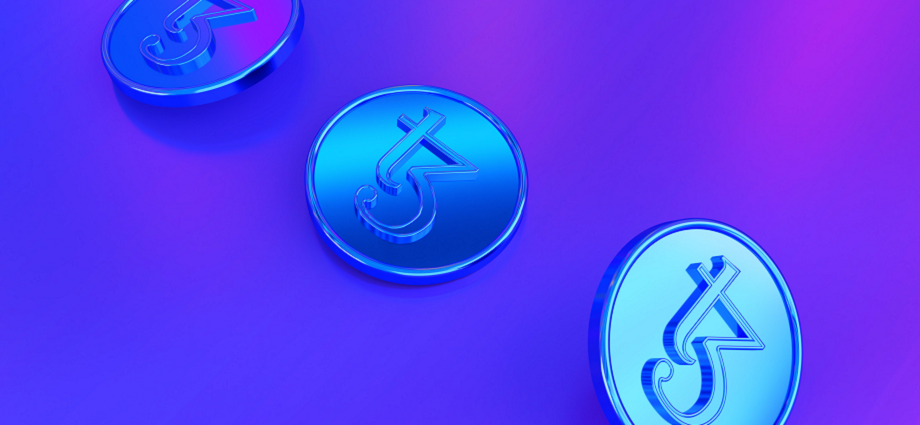Blockchain and AI are two groundbreaking technologies that are changing the way we innovate. Each has its own special advantages, but when combined, they can revolutionize many industries and help build a brighter future.
What is Blockchain and AI?
Blockchain is a type of digital record-keeping system that keeps track of transactions in a safe and clear way. Each transaction is added to a chain of blocks, and once it’s recorded, it can’t be changed. This makes blockchain great for keeping secure and unchangeable records.
Artificial Intelligence (AI) is a term that covers various technologies like machine learning and natural language processing. Simply put, AI means machines can learn from data and make decisions, allowing them to do things that usually need human thinking.
The Intersection of Blockchain and AI
This is an exciting development that could change many industries. The main advantage of combining these technologies is that it helps create systems that are secure, clear, and can learn from data to make decisions.
Smart contracts are special agreements stored on the blockchain. They automatically execute when certain conditions are met. When AI is added to smart contracts, they can become more advanced and adjust based on new information. For example, an AI-driven smart contract could change payment terms based on a company’s financial health.
The mix of blockchain and AI is opening up new possibilities in supply chain management. Blockchain is already making supply chains more transparent, but adding AI can make them even better. AI can use data from sensors and other sources to improve logistics and cut down on waste.
AI is also helping to make blockchain systems more secure. By analyzing blockchain data, AI can spot potential security threats and act to prevent them, making these systems tougher against cyber attacks.
Blockchain with AI Use Cases
There are several use cases where blockchain with AI is already making a significant impact. Let’s explore some of these use cases in more detail.
- Healthcare: The combination of blockchain with AI is a promising application in the field of healthcare. By leveraging these technologies, it is possible to create more secure and efficient healthcare systems. For instance, Artificial Intelligence can analyze medical records and identify patterns that can help doctors make more informed decisions. Subsequently, blockchain can be used to store these records in a secure and transparent manner.
- Finance: The finance industry is another area where blockchain with AI is making a significant impact. By combining these technologies, it is possible to create more efficient and secure financial systems. For example, AI-powered smart contracts could be used to automate financial transactions, while blockchain could be used to create more transparent and secure records of these transactions.
- Energy: By combining these technologies, we can create more efficient and sustainable energy systems in the energy industry. For instance, Artificial Intelligence can analyze data from smart meters and other sensors to optimize energy consumption, while blockchain can create a more transparent and decentralized energy market.
- Transportation: We can create more efficient and secure transportation systems by combining these technologies. For example, AI-powered systems can analyze traffic data and optimize traffic flow, while blockchain can be used to create more transparent and secure records of transportation transactions.
- Education: The intersection of blockchain and AI is transforming the education industry, allowing for more personalized and efficient education systems. AI-powered systems can analyze student data and provide personalized learning recommendations, while blockchain can create secure and transparent records of educational achievements.
Challenges and Limitations of Blockchain and AI in Shaping a Better Tomorrow
Blockchain Challenges
- Scalability: Blockchain networks, especially those using Proof of Work (PoW), struggle to handle a high number of transactions at once. This limits their speed and can slow down widespread use.
- Energy Consumption: Mining cryptocurrencies and running blockchain networks use a lot of energy, which raises environmental concerns. For example, Bitcoin mining uses more energy than some entire countries.
- Regulation and Legal Issues: Because blockchain operates without central control, it creates legal and regulatory problems. Governments and institutions find it hard to create rules that ensure compliance while still allowing innovation.
- Interoperability: Different blockchain systems often can’t work together, which limits their ability to create integrated solutions.
- Security: Although blockchain is generally secure, there are still risks like attacks that can take over 51% of the network, bugs in smart contracts, and weaknesses in blockchain protocols.
AI Challenges
- Bias and Fairness: AI systems can sometimes reinforce existing biases in their training data, leading to unfair results in areas like hiring, law enforcement, and loans.
- Transparency: Many AI models, especially deep learning ones, work in ways that are hard to understand. This lack of clarity can make it difficult to trust and hold them accountable.
- Privacy Concerns: AI often needs a lot of data, which raises concerns about privacy and data security. It’s challenging to ensure that personal information is handled ethically and securely.
- Ethical Use: Using AI brings up ethical issues, such as its impact on jobs and society, and the risk of it being used in harmful ways.
- Dependency and Reliability: Relying too much on AI can be risky if the systems fail or make mistakes. It’s important to ensure these systems are reliable and have backup plans.
Conclusion
In conclusion, the intersection of blockchain and AI represents a game-changing development that will revolutionize various industries. Although there are certainly challenges and limitations that we must address, the potential benefits of these technologies are simply too great to ignore. By leveraging the strengths of both technologies, we can create a better tomorrow for ourselves and future generations. Let’s embrace this exciting new era of innovation and work together to create a brighter, more prosperous future.

